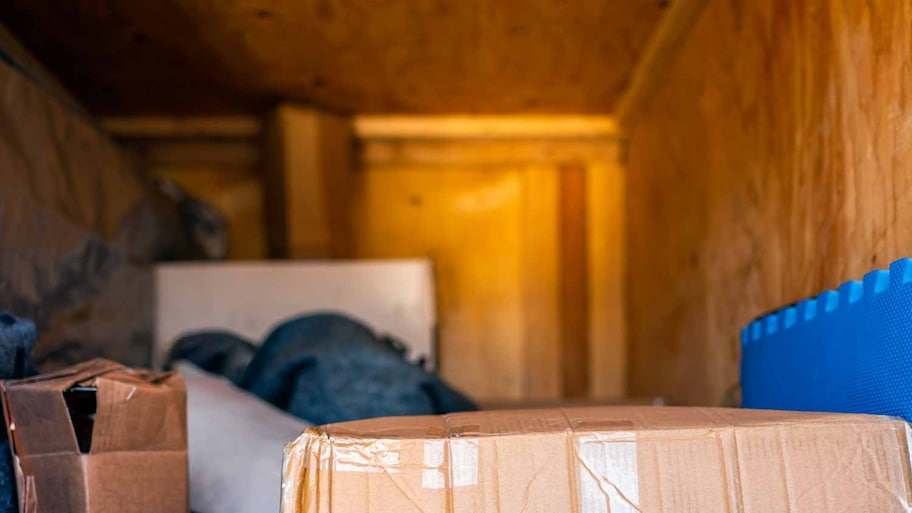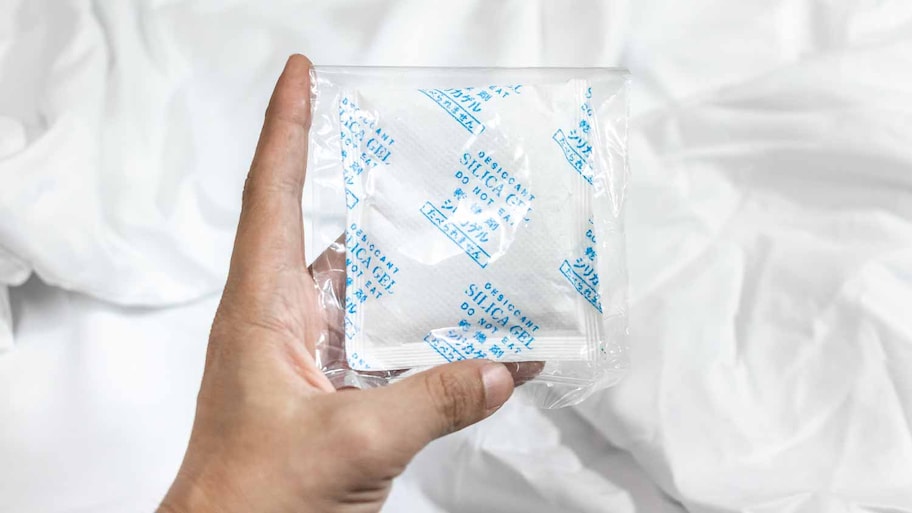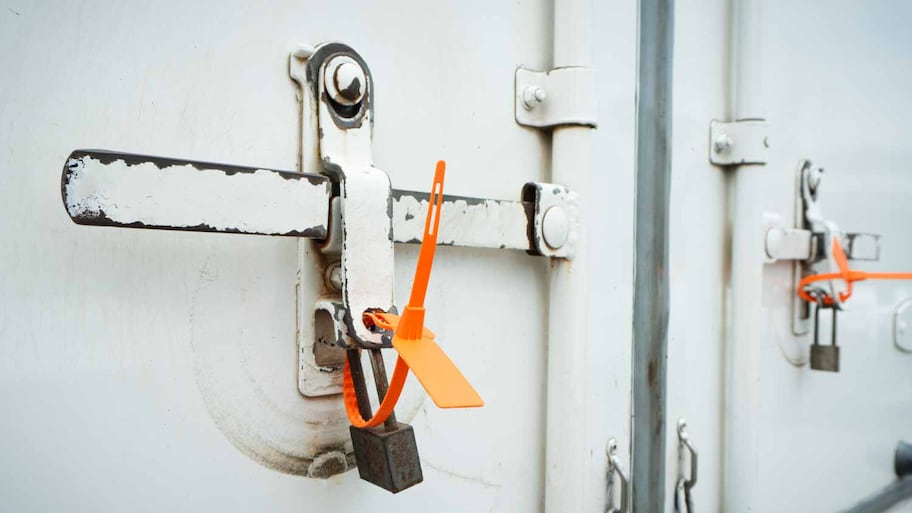How to Pack a Pod: 8 Tips to Try
Pack your pod efficiently so your items arrive at your new home safely


Portable on-demand storage or moving containers, also known as pods, make moving less of a hassle. Whether you are moving across town or to another state, knowing how to pack a pod correctly is essential.
You can rent the container for as long as you need so you don't rush the process, and when you finish packing, hire a local mover to pick it up and deliver it to your new home. Packing your moving container the right way can prevent your items from getting damaged during transit. These top tips will help you pack a pod like a pro so your items arrive safe and sound.
1. Prepare and Pack Your Items

The first thing you need to do is prepare your items and pack them. Protect your fragile items by wrapping them in bubble wrap before putting them into boxes. Make sure you don't overpack or underpack boxes either. Boxes that are too heavy can break, and those that aren't fully packed can get crushed during the move. Fill in spaces in the box with newspaper or bubble wrap for extra protection.
Disassemble furniture if possible to make it easier to move and create more space in the pod. Wrap your furniture and appliances with moving blankets, bubble wrap, plastic wrap, and cardboard to protect them.
2. Create Walls and Distribute Weight Evenly
Packing in sections and creating vertical walls is the best way to pack a pod effectively. You don't want to load all of your heavy items in one area of the pod. You should strategically place large, heavy items, such as appliances and furniture, from the back to the front and across the pod.
Then, load your moving boxes in between to make walls—stack items from floor to ceiling and wall to wall. Put heavy boxes on the bottom and lighter items on top. Be sure to leave enough clearance for the rolling door at the top of the container.
Also, put things you need to access first when you arrive at your new home toward the door so they are easier to unload.
3. Fill In the Gaps

Use cushions, pillows, and other soft items that you pack in bags to fill in the gaps between the moving boxes. This step can help keep them from shifting during transit and will create a tightly packed unit, ensuring your items are secure.
Using the same size packing boxes can help reduce the amount of space between each box so there aren't as many gaps to fill.
4. Strap in Your Items
Securing your items with moving straps or ropes is crucial when you pack a pod. Pods typically have hooks and anchors at each separated section. Using rope or straps to secure your items at each tier can prevent items from sliding during the move.
While relocating the pod, items will shift and fall if not packed properly and strapped in. You want to use ratchet straps or nylon rope so it's strong enough to handle the weight of the load.
5. Block Out Sunlight
If you can't unpack your pod immediately, you should cover items to protect them from sunlight. Exposure to prolonged sunlight can cause discoloration and damage items such as furniture. You can use blankets or flat cardboard boxes to protect your items from the sun until you unload the pod.
6. Use Moisture Absorbers

Using moisture absorbers is another simple yet effective way to keep your items safe during your move. They prevent mold, mildew, and odors from ruining your possessions while in the moving container.
Moisture absorbers typically cost between $10 and $25, so it's worth the investment to ensure you don't have to deal with the unpleasant consequences of excess moisture.
7. Create a Barrier at the Door
When you reach the pod's last tier, make a barrier to prevent items from sliding toward the door. You can use your mattress or tape large sheets of cardboard together. Don't forget to strap everything in place to keep it secure.
8. Lock After Loading

Once you finish loading your belongings into the pod, don't forget to secure your items by locking it. You can use your own lock or purchase one. Either way, you should always lock up after loading so no one can access your pod, especially if it’s left overnight while moving out of state.
Frequently Asked Questions
Pods aren’t quite as big as the average shipping container, but they offer quite a bit of space. They are typically available in 8-foot, 12-foot, and 16-foot sizes. The size you need depends on the size and amount of items moving. You may need to rent more than one if you have a large home, but a 16-foot pod can fit contents from a 1 to 2 bedroom apartment or 3 to 4 room small house.
The cost of a moving container varies depending on how many containers you rent, how long you need them for, and the distance you are moving. It's best to get several quotes from local moving companies so you have an idea of how to budget for this expense.
It can range from $500 on the low end to over $10,000 on the high end. Again, similar to the cost of hiring movers, the distance and amount of belongings plays a major factor in how much it will cost.
You should always get moving insurance for your moving containers. Not all companies may require it, but it's best to insure your items in the event of damage or delivery mishaps. Pod companies usually offer different types of coverage, so you can pick a plan that will cover the cost of your valuables.
